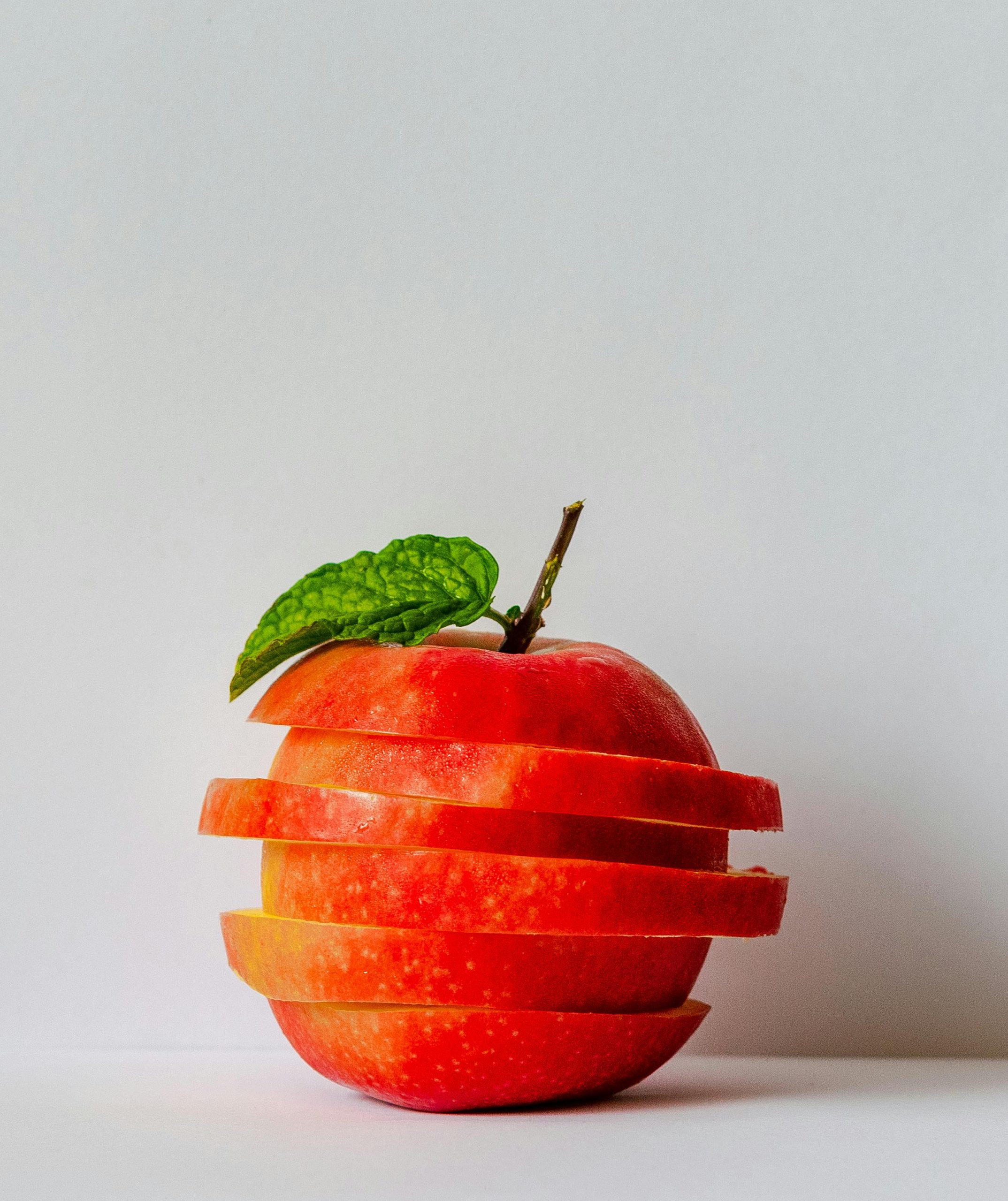Apples are a staple fruit, known for their satisfying crunch and relatively long shelf life compared to berries or bananas. Yet, sometimes you bring home a bag of seemingly perfect apples, only to find them becoming soft, mealy, or developing rotten spots much faster than expected. Why does this happen? While apple variety plays a role, several environmental and handling factors significantly impact how quickly apples spoil after purchase. Understanding these factors can help you store apples properly and extend their freshness. Let’s look at the real reasons your apples might be rotting too fast.

Image Source: Pexels
The Role of Ethylene Gas Production
Apples naturally produce ethylene gas, a plant hormone that triggers and accelerates the ripening process in themselves and other nearby fruits and vegetables. As apples ripen, they release more ethylene, which signals neighboring apples (and other sensitive produce like bananas or avocados) to ripen faster too. Storing apples together in a closed bag or bowl concentrates this ethylene gas, speeding up the ripening and eventual decay process for the entire batch. Proper storage aims to manage ethylene exposure effectively for longer life.
Improper Storage Temperature (Warmth Accelerates Decay)
Temperature is one of the most critical factors in apple longevity. Apples stored at room temperature will ripen and degrade much faster than those kept refrigerated. The cool temperature inside a refrigerator significantly slows down the apple’s respiration rate and ethylene production. This dramatically extends their crispness and prevents rapid softening or rotting. Storing apples on the counter might be convenient for quick access, but it drastically shortens their usable lifespan compared to keeping them in the fridge’s crisper drawer.
Bruising and Physical Damage Compromises Skin
An apple’s skin provides a natural protective barrier against microorganisms that cause rot and decay. Any bruise, cut, or puncture, even seemingly minor ones, breaks this essential barrier. This damage allows bacteria and mold spores easier entry into the apple’s flesh, initiating decay much sooner than expected. Apples are easily bruised during picking, transport, store display stacking, or even jostling in your grocery bag at home. Handling apples gently and inspecting them carefully for damage before storing is crucial for preventing premature rotting originating from bruised spots.
Washing Apples Too Soon Before Storing
While washing produce thoroughly before eating is important for safety, washing apples *before* storing them, especially if not drying them completely afterward, can accelerate spoilage. Washing removes the natural protective waxy bloom present on the apple’s skin. More importantly, any residual moisture left on the skin creates a favorable, damp environment for mold and bacteria growth during storage periods. It’s generally best practice to store apples unwashed and then wash them just before you plan to eat or use them in cooking.
Cross-Contamination from Other Rotting Produce

Image Source: Pexels
If one apple in a bag, bowl, or crisper drawer starts to show signs of rot, the mold or bacteria responsible can easily spread to adjacent apples, especially if they are touching. Similarly, storing apples near other types of produce that are already spoiling (like moldy berries, an overripe banana, or wilting greens) can transfer spoilage organisms onto the apples. Regularly check stored apples and immediately remove any showing signs of decay to prevent it from spreading rapidly through the entire batch.
Differences in Apple Variety Longevity
Not all apple varieties possess the same natural shelf life or storage potential. Some varieties, like Fuji, Honeycrisp, Granny Smith, Gala, and Red Delicious (when truly fresh), tend to store well for longer periods. This is often due to their thicker skin or denser flesh structure. Other varieties, particularly softer types or early-season apples like McIntosh or Golden Delicious, may naturally have a shorter storage potential. They tend to become mealy or soft more quickly, even when stored under ideal conditions.
Age of Apples at Time of Purchase (Pre-Sale Storage)
The apples you buy at the grocery store might already have spent considerable time in commercial cold storage facilities after harvest, especially if you are purchasing them out of their natural growing season. Apples are typically harvested in the fall and then kept in controlled atmosphere storage for many months to ensure year-round availability for consumers. While this storage extends their life significantly, apples purchased later in the storage cycle will naturally have less remaining shelf life once you bring them home compared to freshly harvested apples bought directly in season.
Proper Handling and Storage Are Key
While some factors like variety and pre-sale storage time are beyond your immediate control, you can significantly extend your apples’ freshness by handling them properly after purchase. The key reasons apples are rotting fast often involve ethylene gas concentration, warm storage temperatures, physical damage, premature washing, or cross-contamination. Storing apples unwashed in the refrigerator crisper drawer, handling them gently to avoid bruising, and keeping them separate from other produce (especially high ethylene producers) are the most effective strategies. These simple steps help slow down the natural decay process, keeping your apples crisp and delicious for longer.
What are your best tips for keeping apples fresh after buying them? Have you noticed a big difference based on storage methods or apple variety? Share your experiences below!
Read More


